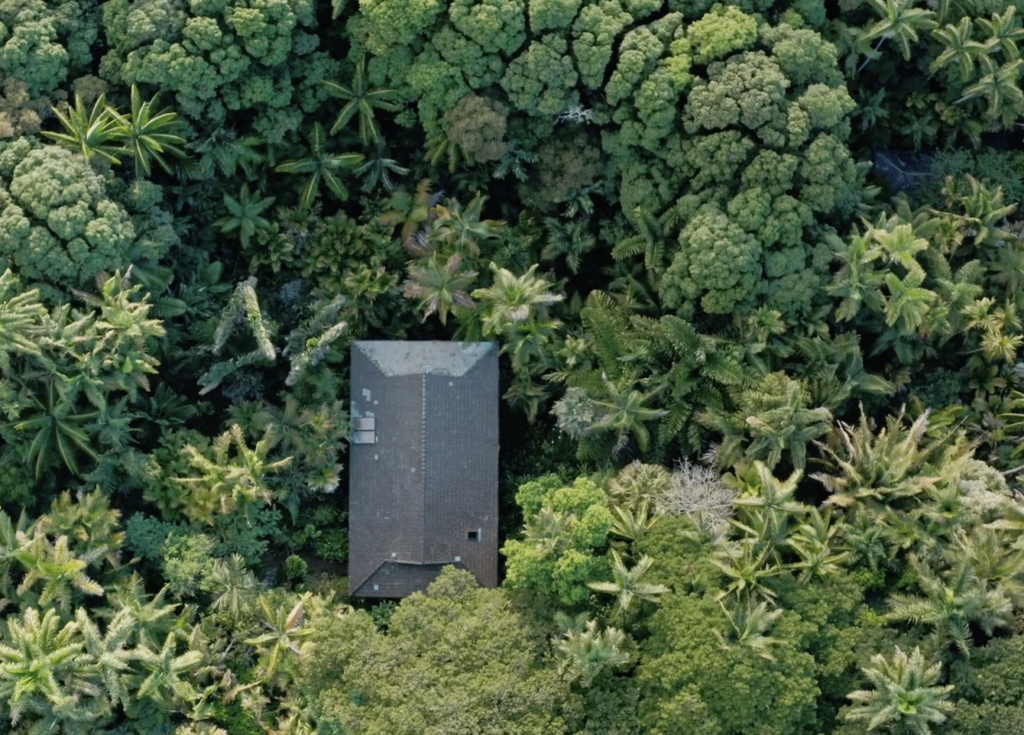
A Poem Bound for the Unbounded
“Director’s Notes” are excerpts from our monthly email newsletter, “Stories from the Garden.” Subscribe and see past issues here.
Dear Friends,
On the first day of June, with the expansive vistas and dense forest glimpses of last month’s Stories from the Garden still very much on my mind, I sat down in the Coolidge Auditorium at the Library of Congress in Washington, D.C. I was there to meet a poem—one bound for the unbounded. I watched the famed double doors at center stage, through which W.S. Merwin walked in 2011 when he closed his tenure as the 17th US Poet Laureate with thoughts on our capacity to imagine. Now, on this June evening, it was the current and 24th Poet Laureate and recent Merwin Conservancy poet-in-residence Ada Limón we awaited, to read for the first time in public “In Praise of Mystery: A Poem for Europa.”
Ada wrote “A Poem for Europa” while spending time in William and Paula’s home late last year. And in October 2024, the very poem that emerged here, in a palm garden on the most remote landmass on the planet, will travel 1.8 billion miles to the icy moon of Jupiter, engraved on the side of the Europa Clipper spacecraft. We humans are indeed “creatures of constant awe, / curious at beauty, at leaf and blossom, / at grief and pleasure, sun and shadow.” We will watch in wonder as Ada’s words make their six-year journey to another watery realm.
Back on Maui as the month draws to a close, I revisit Ada’s reading, and her wide-ranging conversation with the three other brilliant women who joined her on stage: the 14th Librarian of Congress Dr. Carla Hayden, Dr. Nicola Fox of NASA’s Space Mission Directorate, and Dr. Sheri Wells-Jensen, Library of Congress Chair in Astrobiology, Exploration, and Scientific Innovation. They exchanged stories of the poem’s emergence here in the quiet of the palm garden, the sweeping and historic partnership that will carry Ada’s poem well beyond Earth, and the lively exchange between poet and planetary scientists about what binds the expansive and the intimate together: How do you make a spacecraft? How do you make a poem? You exist in wonder.
This, too, is my hope for The Merwin Conservancy, where a seedling, and then another, became a thriving ecosystem all its own, by way of wonder, astonishment, and imagination. May this special place continue to nurture the creative lives of those who, through their own brilliant work, extend and expand a legacy of curiosity and care—one that carries us well beyond the illusory bounds of our present moment.
With warm wishes,
Sonnet